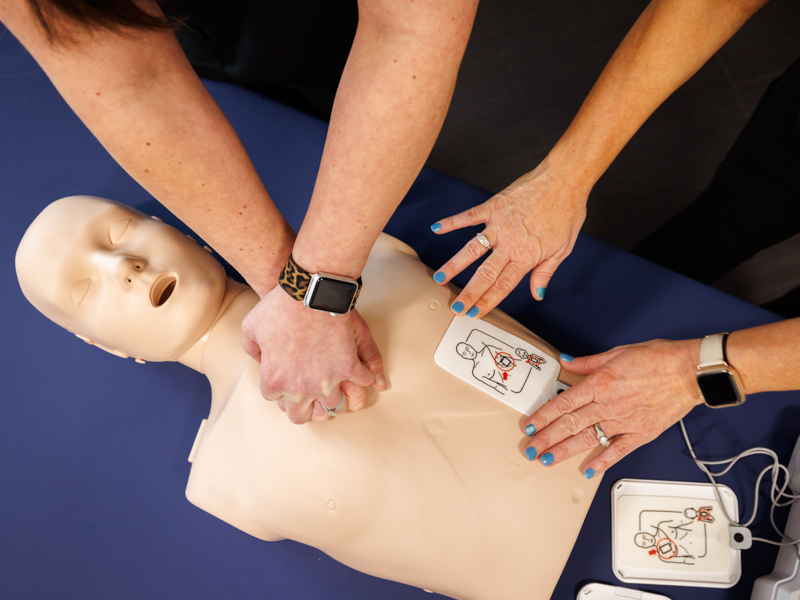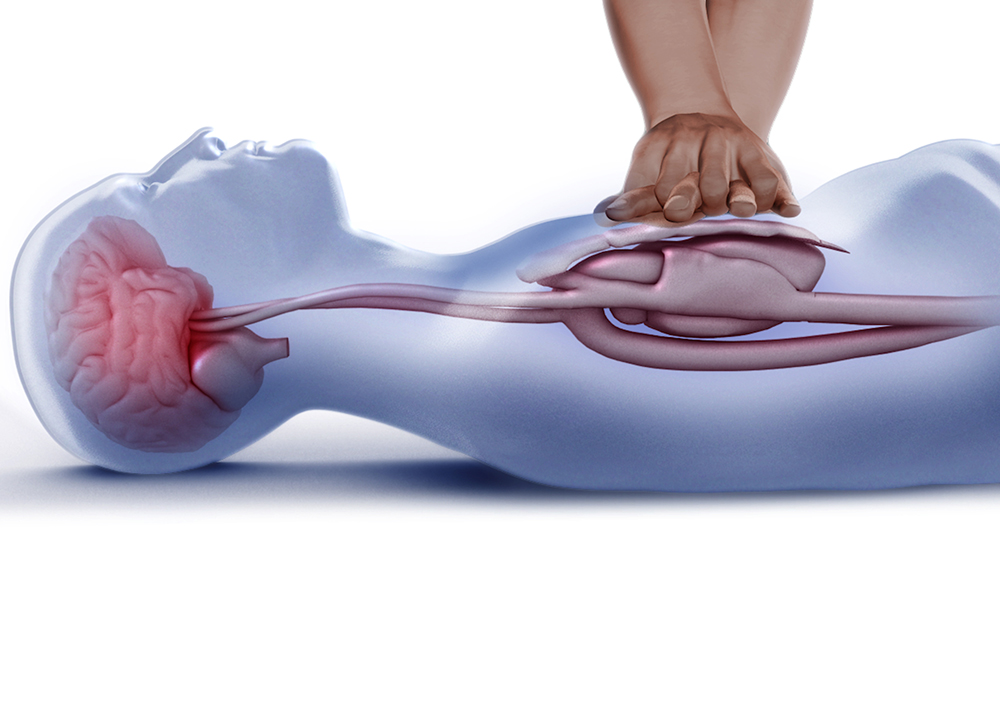Learning basic first aid and CPR is an important life skill for everyone. Whether you are a parent, teacher, professional, or just someone who wants to be prepared in the event of an emergency, getting proper training can not only save lives but also give you peace of mind.
With that said, how long should you expect to learn CPR First Aid Training? This article will explore the answer to this question as well as provide tips on acquiring certified training and certifications. Well, look at the benefits of learning these lifesaving techniques and what to expect during your course.
Finally, will discuss how best to use your newly acquired knowledge and skills in everyday situations. So if youre looking for information about CPR First Aid Training – read on!
What Factors Impact the Length of a CPR & First Aid Course?

The length of a CPR & First Aid course can be impacted by several factors. For instance, the number and complexity of topics covered in the course will influence how long it takes to complete.
Courses that cover only basic first aid skills may last for three hours or less, while courses that include more advanced techniques such as using an automated external defibrillator (AED) could take longer. Additionally, courses designed for specific occupations such as medical professionals may last even longer due to the extra information they need to know to perform their duties safely and effectively.
The quality of instruction is also important; high-quality instructors who can get across complex concepts quickly and thoroughly will usually require fewer class hours than those with lower teaching abilities. Finally, different certifying bodies have varying requirements regarding what must be included in a given course, so this too can affect how long a student needs to spend learning these lifesaving skills.
How Long Does It Take to Complete a Certification Exam?

When it comes to completing a certification exam for CPR First Aid training, the time you need to allocate depends on your existing knowledge and experience. Some students may be able to finish a written or online exam in an hour or two, while others who are new to the field may require more time.
All students must take their time and answer questions thoroughly to grasp the necessary concepts needed for the successful completion of the course. In addition, some exams may require practical demonstrations where you must show your skills such as performing chest compressions correctly or demonstrating how specific medical equipment is used.
These tests can take up additional time depending on how quickly you learn and understand these techniques. The value of taking part in this type of training cannot be overstated; however, understanding exactly how long it takes is essential when planning out your study schedule so that you can reach satisfactory results as swiftly as possible without sacrificing accuracy or safety protocols.
Tips for Mastering CPR & First Aid Knowledge and Skills Quickly

CPR and first aid knowledge and skills are essential for anyone who finds themselves in a medical emergency. Learning how to properly react in such situations is important to save lives, but it can sometimes be difficult to master the necessary techniques quickly.
Fortunately, some tips can help you learn CPR and first aid more effectively and faster. First, practice makes perfect! Make sure to get as much hands-on experience as possible while learning the basics of CPR or first aid – this will give you a better understanding of the techniques involved.
You could also consider taking an online course with interactive modules that allow you to practice on virtual mannequins or other simulation tools. This way, you’ll be able to understand each step before practicing it in real-life scenarios. Second, find an experienced instructor or mentor who has expertise in teaching CPR and first aid courses so they can provide timely advice on areas where extra attention may be needed during your training sessions.
Having someone guide you through the process will make it easier for you to recognize when something needs further clarification or review – thus saving time by not having to go back over information already learned previously which would otherwise slow down your progress in mastering these lifesaving skills quickly. Finally, don’t forget about self-study materials! There are plenty of books available online that cover all aspects of CPR and first aid knowledge; reading up on these topics between classes will reinforce what was taught during class time – making sure no key points were missed along the way! With some dedicated effort combined with expert instruction from an experienced instructor plus regular self-study material reviews; mastering both CPR & First Aid knowledge & skills should become second nature within no time at all!
Conclusion

The MyCPR NOW CPR First Aid Training program is an excellent way to learn how to save a life in the event of an emergency. With their comprehensive courses, you can expect to receive all the necessary training and certifications needed for handling medical emergencies in as little as 4-6 hours.
During this time, you’ll be taught proper first aid techniques, how to recognize common signs and symptoms, and much more. With MyCPR NOW’s help, you can gain the skills needed to confidently protect yourself and those around you during any medical emergency.


